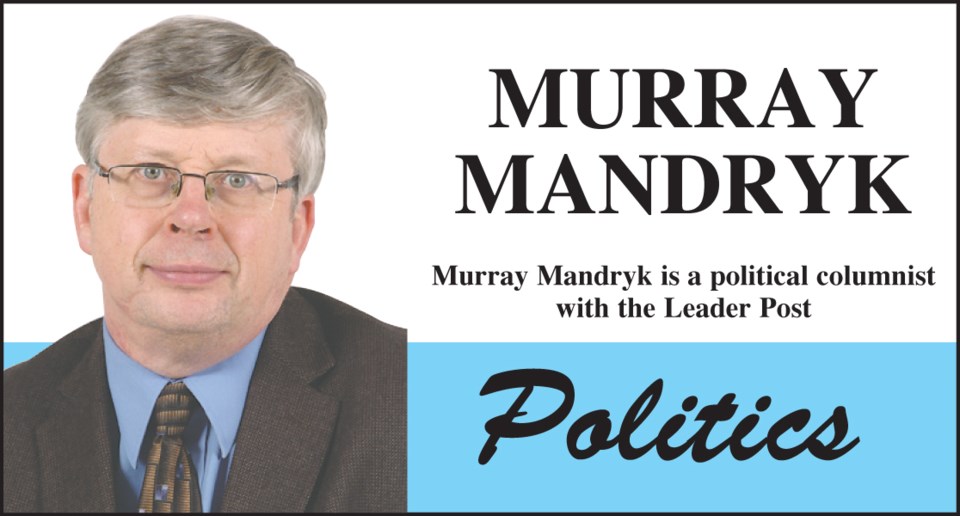That the Saskatchewan NDP is struggling outside the major cities is no secret.
This has been the plight of the NDP for decades now — a problem that can hardly be laid at the feet of relatively new leader Ryan Meili.
Much has been made of Meili being too far left or having difficult connecting with mainstream Saskatchewan folks.
While both may be true, the simple reality is that this is hardly a problem of Meili’s making. This is a problem that’s been brewing in NDP ranks for decades.
My old pal Dale Eisler — a former columnist for the Leader-Post and StarPhoenix who occupied this very space – likely put it best when it comes to how and when this problem developed for the NDP.
Eisler said the problem for NDP in Saskatchewan — and especially rural Saskatchewan — began more than 40 years ago when the then Allan Blakeney government was trying to preserve the small family farm, even as economics suggested it was increasingly becoming a thing of the past.
While farmers were struggling to remain competitive in the growing free market agriculture economy, the 1970s NDP government was putting up impediments by imposing inland terminals that would compete with the Saskatchewan Wheat Pool or by making it difficult for farmers to own tandem axle trucks to move higher volumes of grain.
In the 1982 provincial election that swept Grant Devine’s Progressive Conservatives to power, there was a resounding rejection of this NDP view.
“In that election, a sense of a new rural Saskatchewan was beginning to emerge,” Eisler said of the 1982 campaign Blakeney fought on keeping the Crownest Rate.
“The NDP were left the dark in rural Saskatchewan and have pretty much remained there since.”
For this, one surely can’t blame the young Meili.
This was a problem of his predecessors who could not find a way to connect with agriculture or many of the other raw commodity economic drivers in this province.
That the NDP managed to get 16 more years in power in Saskatchewan in the wake of the incompetence and corruption that went on in the 1980s PC government may prove to be a historical anomaly that only delayed the inevitable.
But while it’s impossible to blame Meili for all elements of the current plight of the NDP, what is a little harder to comprehend is how far the NDP under Meili may now from providing a serious challenge to the Saskatchewan Party government.
While it could be argued the Sask. Party was somewhat in trouble after the 2017 budget that shuttered the Saskatchewan Transportation Company and raised the provincial sales tax, it appears the governing party has rebounded under Scott Moe and the now balanced budget he has presented.
Clearly, Moe’s hammering away against the federal carbon tax has hit the right notes.
However, what’s puzzling is why the current NDP would not struggling as much as it seems to be everywhere — especially in urban Saskatchewan where the NDP has always been stronger. This would suggest suggests Meili’s connection problem runs deep.
Internal NDP polls this spring suggest the party is about where it was in after the 2015 election when it captured a dozen seats.
Of course, it’s early and things may change.
The NDP aren’t saying what the overall numbers are and argue that they are doing very well in public opinion when it comes to critical issues like health care.
Given that the Sask. Party government of late has been attempting to address several issues related to health care and addictions and mental health, there is evidence to suggest this may true.
But there also seems ample evidence that Meili has inherited the NDP’s long-term problem.
Murray Mandryk has been covering provincial politics for over 22 years.



